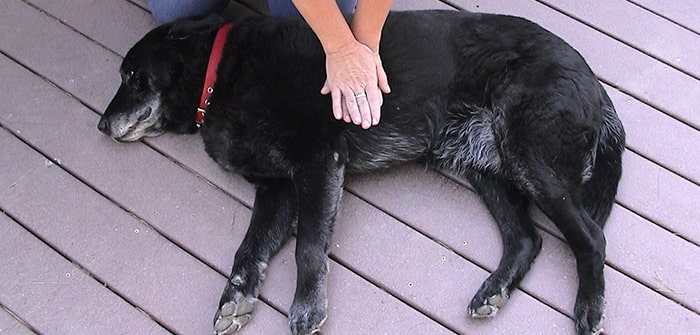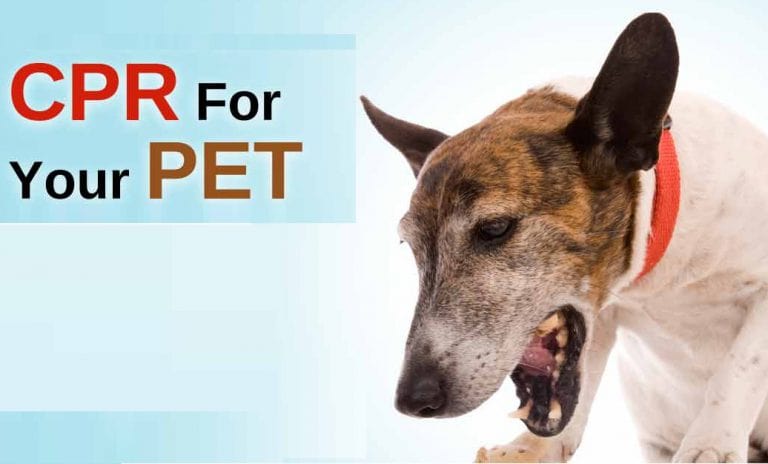4 CPR Instructions To Follow When Your Pet Starts Choking / Can’t Breathe

Recently, the demand for pet first aid and CPR classes has increased, as pet owners are getting more prepared to deal with any pet emergency. Hence, if under any unusual circumstances, your pet stops breathing, you should know a few emergency processes, if your fur baby starts choking, or finds it difficult to breathe. You need to save the life of your pet, because there would not be enough time for you to take him to the veterinarian for treatment.
CPR, also known as Cardiopulmonary Resuscitation aids in preserving brain function, till you restore proper blood circulation and breathing. Some of the signs that point towards the need for CPR include:
- Eye blinking
- Lack of arousal
- Lack of physical movement
- Unconsciousness
These symptoms can happen due to:
- Chocking
- Drowning
- Electrical shock
- Other situations
If your pet has a foreign object in his throat, try to dislodge it before performing CPR. The CPR for pets is similar to that of human beings. While following the instructions given below, ensure that the pet is unconscious and there is no risk of being bitten by him.
Cardiopulmonary Resuscitation Aids for Pets

Get Rid Of Any Obstruction
Open the mouth of the pet, and ensure that the air passage is clear. If this is not the case, get rid of any object obstructing the air passage.
Extend The Head & Give Several Artificial Respiration
If you have a large dog, close the jaw of the pet tightly and breathe into the nose. Ensure that the chest of the pet rises and then give 2 breaths. For small dogs and cats, cover his nose and mouth with your mouth as you breathe. Ensure that the pet’s chest rises and then give 2 breaths.
Execute Chest Compression
If you have a large dog, position him on its back and compress the chest just like human beings. If you have small dogs, cats or large dogs with funnel chests, lie the pet on its side and compress the side of the rib cage. You can even position the pet on its back and then press on both sides of the rib cage. The rate of chest compression varies with the size of the pet:
For dogs over 60 lbs. conduct 60 compressions per 60 seconds
For pets weighing 11 to 60 lbs. conduct 80-100 compressions per 60 seconds
For pets weighing less than 10 lbs. conduct 120 compressions per 60 seconds
Alternate Breaths With Compressions
Remember, the quantitative relation of compression to breaths need to be roughly similar like human beings i.e.; 30:2. Keep doing this till the pet responds or starts breathing again on his own.
We hope that you never have to perform CPR on your pet. But in case, there is a need you need to know the CPR procedure for pets. Hence, we have enumerated various steps to conduct CPR procedures on pets in this write-up. Also, get regular Pet Care Supplies for your fur babies to ensure that they have a healthy and long lifespan.

